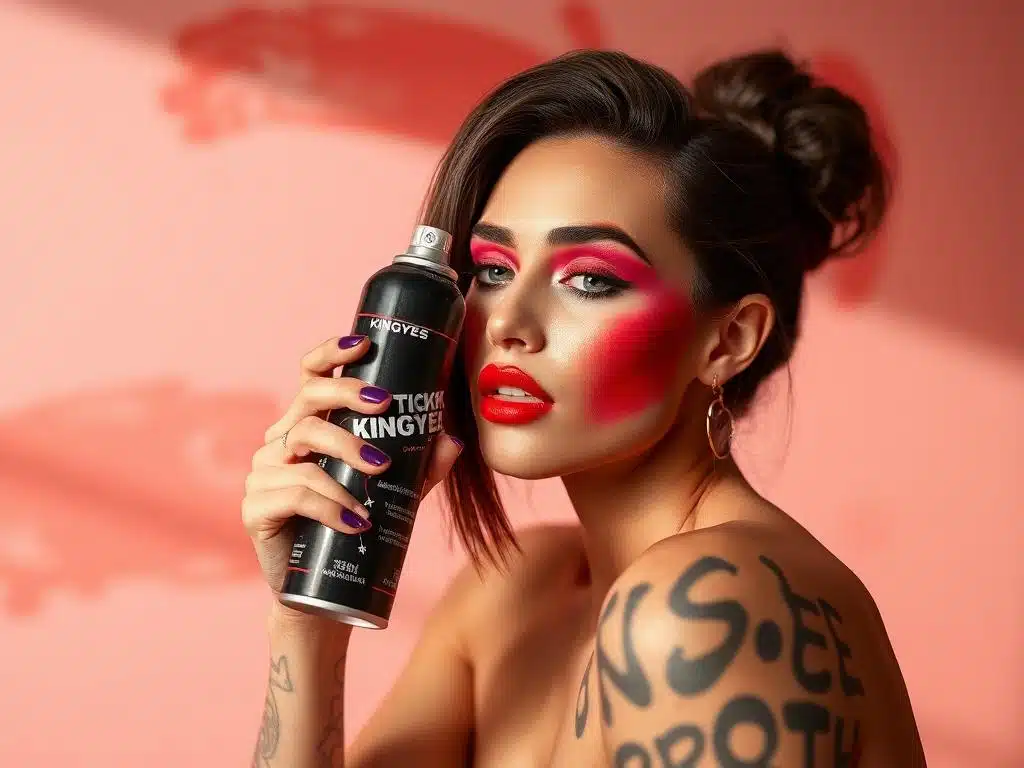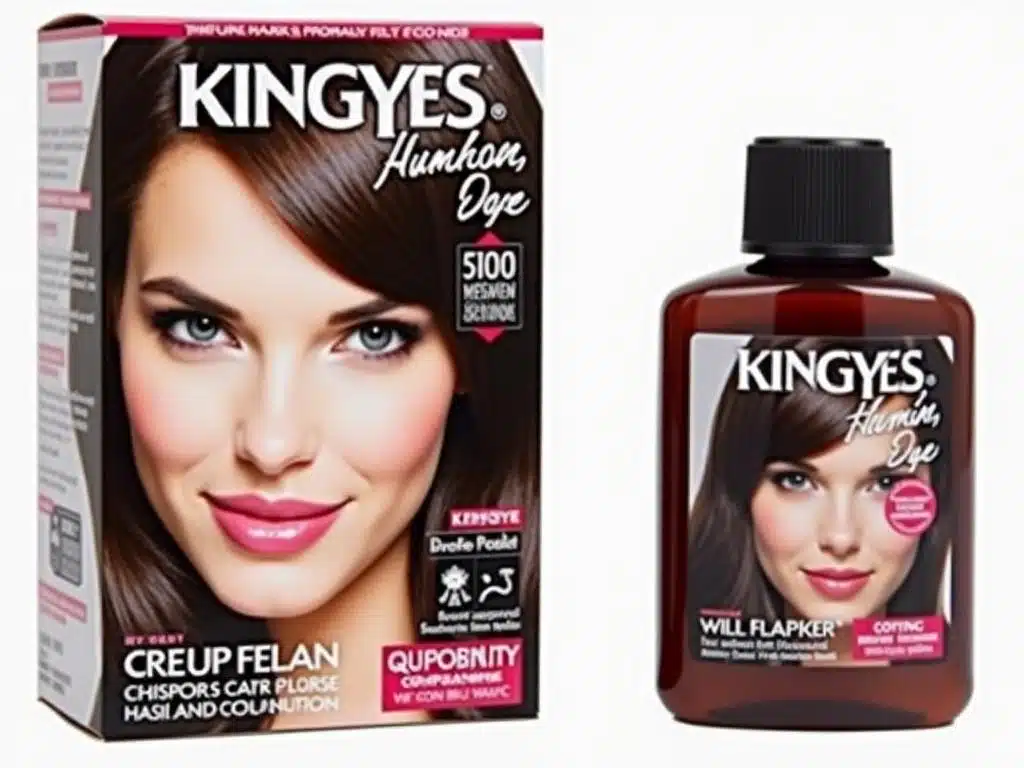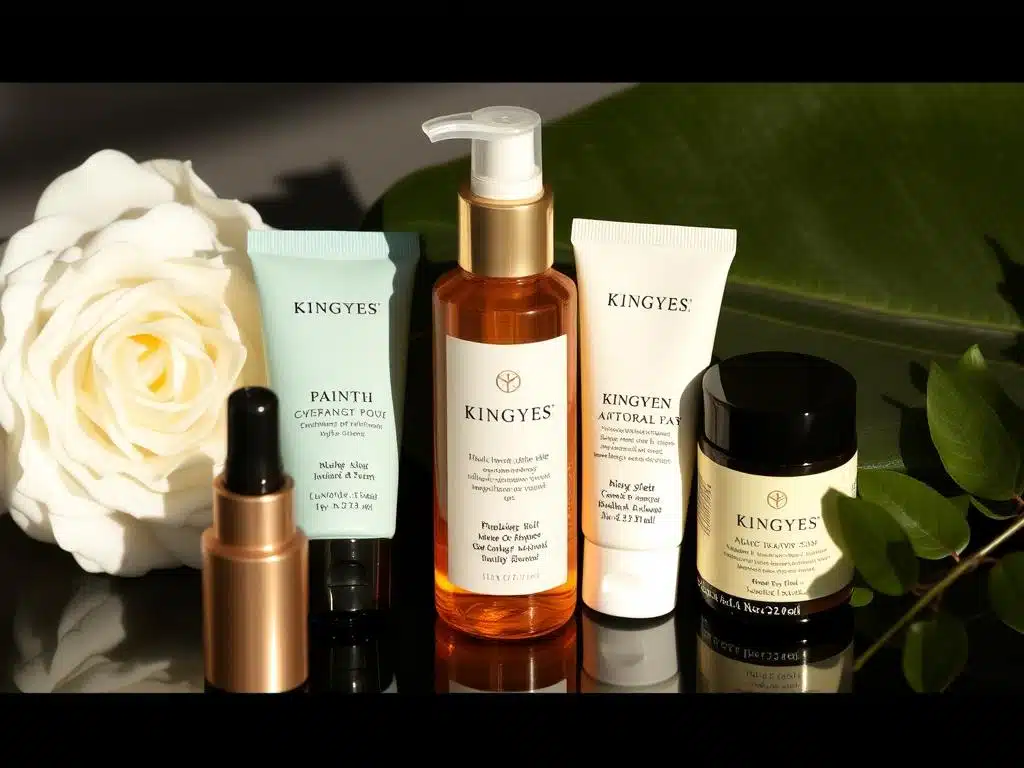
What Does Dry Shampoo Spray Do To Your Hair?
Table of Contents
This article explores the science of dry shampoo, how it works, and its benefits and drawbacks. Read on to discover how to keep your hair looking fresh and clean without water!
What Is Dry Shampoo and How Does It Work?
Dry shampoo is a hair care product that cleans your hair without the need for water. It typically comes in a spray or powder form and is applied directly to the roots of your hair.
How Does Dry Shampoo Work?
- Absorbs Oil and Grease: The main function of dry shampoo is to absorb excess oil and grease from the scalp and hair.
- Refreshes Hair Appearance: It makes your hair look clean and less oily, giving it a refreshed appearance.
- Adds Volume: Dry shampoo can add volume to your hair, making it look fuller.
Did you know? The science of dry shampoo involves ingredients like starch or alcohol that soak up oils, leaving your hair looking cleaner.
How to Use Dry Shampoo Correctly
Using dry shampoo properly ensures you get the best results without harming your hair.
- Shake the Bottle: Mix the contents well.
- Section Your Hair: Divide your hair to expose the roots.
- Hold the Spray at a Distance: Keep the spray about 6 inches from your scalp.
- Apply to Roots: Spray lightly on the roots where oil is most prevalent.
- Massage In: Use your fingers to massage the product into your scalp.
- Brush Out: Brush your hair to distribute the dry shampoo evenly.
Tip: Avoid overusing dry shampoo to prevent product buildup on your scalp.
Benefits of Using Dry Shampoo
Dry shampoo offers several advantages that make it a convenient addition to your hair care routine.
Advantages
- Saves Time: Quickly refreshes hair without a full wash.
- Extends Hairstyles: Helps maintain styles between washes.
- Reduces Heat Damage: Less frequent washing means less blow-drying.
- Adds Volume and Texture: Great for fine hair needing a boost.
Quote: “Dry shampoo can be a lifesaver on busy mornings when you don’t have time to wash your hair.”
Are There Drawbacks to Using Dry Shampoo?
While dry shampoo is helpful, there are some drawbacks to using dry shampoo regularly.
Potential Issues
- Product Buildup: Overuse can lead to residue on the scalp and hair.
- Clogged Hair Follicles: Excessive use may clog follicles, affecting hair growth.
- Dryness: It can make your hair and scalp feel dry if used too often.
Advice: Use dry shampoo in moderation and continue to wash your hair regularly with regular shampoo.
Dry Shampoo vs. Regular Shampoo: What's the Difference?
Understanding the differences helps you decide when to use each product.
Dry Shampoo
- Waterless Cleaning: Cleans hair without water.
- Temporary Fix: Absorbs oils but doesn’t remove dirt.
- Convenience: Ideal for quick touch-ups.
Regular Shampoo
- Deep Cleansing: Removes dirt, oil, and product buildup.
- Requires Water: Needs to be rinsed out.
- Essential for Scalp Health: Keeps scalp and hair clean and healthy.
Comparison Table
| Feature | Dry Shampoo | Regular Shampoo |
|---|---|---|
| Cleansing Method | Absorbs oils | Washes away dirt |
| Use Without Water | Yes | No |
| Effect on Scalp | May cause buildup | Cleans thoroughly |
| Frequency of Use | Between washes | Regular washing |
Types of Dry Shampoo: Finding the Best One for You
There are various types of dry shampoo available to suit different hair needs.
- Aerosol Sprays: Easy to apply, ideal for quick use.
- Powder Dry Shampoo: Great for absorbing oil, suitable for oily hair.
- Tinted Dry Shampoo: Matches your hair color to avoid white residue.
- Hair Type: Choose based on whether you have fine, oily, or dry hair.
- Ingredients: Look for products without harsh chemicals.
- Scent: Pick a scent you enjoy to make your hair smell fresh.
Can Dry Shampoo Replace Washing Your Hair?
Dry shampoo doesn’t replace regular washing but can extend the time between washes.
- Removes Dirt and Sweat: Only shampoo and water can clean your hair thoroughly.
- Maintains Scalp Health: Washing prevents buildup that can clog hair follicles.
- Promotes Healthy Hair: Clean hair is essential for hair growth and overall health.
Tip: Use dry shampoo as a supplement, not a substitute for washing your hair.
How Does Dry Shampoo Affect Your Scalp and Hair Health?
Using dry shampoo can have both positive and negative effects on your scalp and hair.
Positive Effects
- Reduces Oiliness: Keeps your hair looking clean between washes.
- Adds Volume: Gives your hair more body and fullness.
Negative Effects
- Scalp Irritation: Overuse may cause itching or dryness.
- Buildup: Can lead to dandruff or dull-looking hair if not washed out regularly.
Advice: Balance is key. Regularly cleanse your scalp to prevent damage and keep your hair healthy.
Tips for Keeping Your Hair Healthy While Using Dry Shampoo
Follow these guidelines to enjoy the benefits of dry shampoo without harming your hair.
Best Practices
- Don’t Overuse: Limit dry shampoo use to 1-2 times between washes.
- Wash Regularly: Use regular shampoo to clean your hair thoroughly.
- Apply Correctly: Focus on roots and avoid spraying too close to the scalp.
- Use Quality Products: Choose dry shampoo products suitable for your hair type.
Quote: “Proper use of dry shampoo can help you maintain healthy hair without sacrificing cleanliness.”
FAQs About Dry Shampoo
1. Is dry shampoo good for your hair?
When used correctly, dry shampoo is safe and can be beneficial by reducing the need for frequent washing, which can strip natural oils.
2. Can I use dry shampoo on wet hair?
No, dry shampoo is designed for use on dry hair. Applying it to wet hair won’t be effective.
3. How often should I use dry shampoo?
It’s best to use dry shampoo no more than two days in a row to avoid buildup.
4. Does dry shampoo actually clean your hair?
Dry shampoo absorbs oils but doesn’t remove dirt and sweat like washing with water and shampoo does.
5. Can dry shampoo cause hair loss?
Overusing dry shampoo may clog hair follicles, potentially affecting hair growth. Use it in moderation.
6. What is the best dry shampoo for fine hair?
Look for lightweight formulas specifically designed for fine hair to add volume without weighing it down.
Conclusion
Dry shampoo is a convenient product that helps you keep your hair looking fresh between washes. It absorbs excess oil, adds volume, and can be a time-saver in your daily routine. However, it’s important to use it correctly and not as a complete replacement for regular washing. By balancing dry shampoo use with proper hair care, you can enjoy cleaner, healthier hair without over-washing.
Key Takeaways
- Dry shampoo absorbs oil and refreshes hair without water.
- Use it correctly by applying to roots and massaging in.
- Don’t overuse; regular washing is essential for scalp health.
- Choose the best dry shampoo for your hair type.
- Balance convenience with proper hair care practices.
Keep your hair looking its best by incorporating dry shampoo into your routine wisely!
Bullet Point Summary
- What It Does: Dry shampoo absorbs oil to make hair look clean.
- How to Use: Apply to roots, massage in, and brush out.
- Benefits: Saves time, adds volume, reduces heat styling.
- Drawbacks: Overuse can cause buildup and scalp issues.
- Not a Replacement: Doesn’t replace washing with shampoo and water.
- Types Available: Aerosol, powder, tinted options.
- Healthy Practices: Use in moderation, continue regular washing.
- Hair Health: Essential to maintain clean scalp for healthy hair growth.
Comments

What Is The Rule In Hair Coloring?
Understanding the fundamental rules of hair coloring is crucial for achieving professional-looking results, whether you’re a DIY enthusiast or a salon professional.

How To Sell Cosmetics On Noon?
Noon, a leading e-commerce platform in the Middle East, particularly in the UAE, KSA (Saudi Arabia), and Egypt, offers a significant opportunity for businesses looking to reach a growing online customer base.

Do You Set Before Or After Setting Spray?
The world of makeup is filled with tips, tricks, and techniques to achieve a flawless, long-lasting makeup look.

What Is The Healthiest Brand Of Hair Dye?
Want to dye your hair without compromising its health? Are you looking for the best natural hair dye that delivers vibrant color without harsh chemicals?

Do I Really Need Setting Spray?
Are you wondering if setting spray is just another hyped-up beauty product, or is it a must-have in your makeup routine?
- +86 151 1839 7303
- [email protected]
- Mon-Sun 07:00-23:00
Tags

How To Sell Cosmetics On WeChat?
Are you ready to tap into the world’s largest beauty market?

How To Sell Cosmetics On Shopee?
Looking to sell cosmetics and tap into the booming e-commerce market of Southeast Asia?

How To Cooperate With Cosmetics Factories?
In the dynamic and competitive beauty industry, partnering with the right cosmetic manufacturer is paramount to the success of your cosmetics business.






